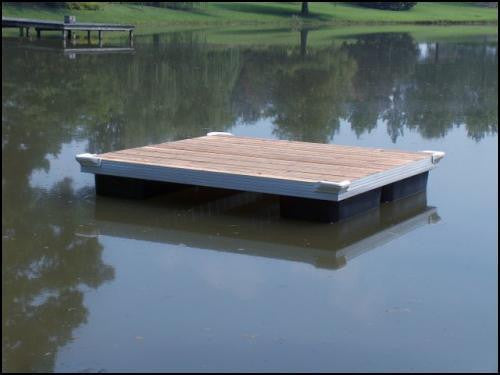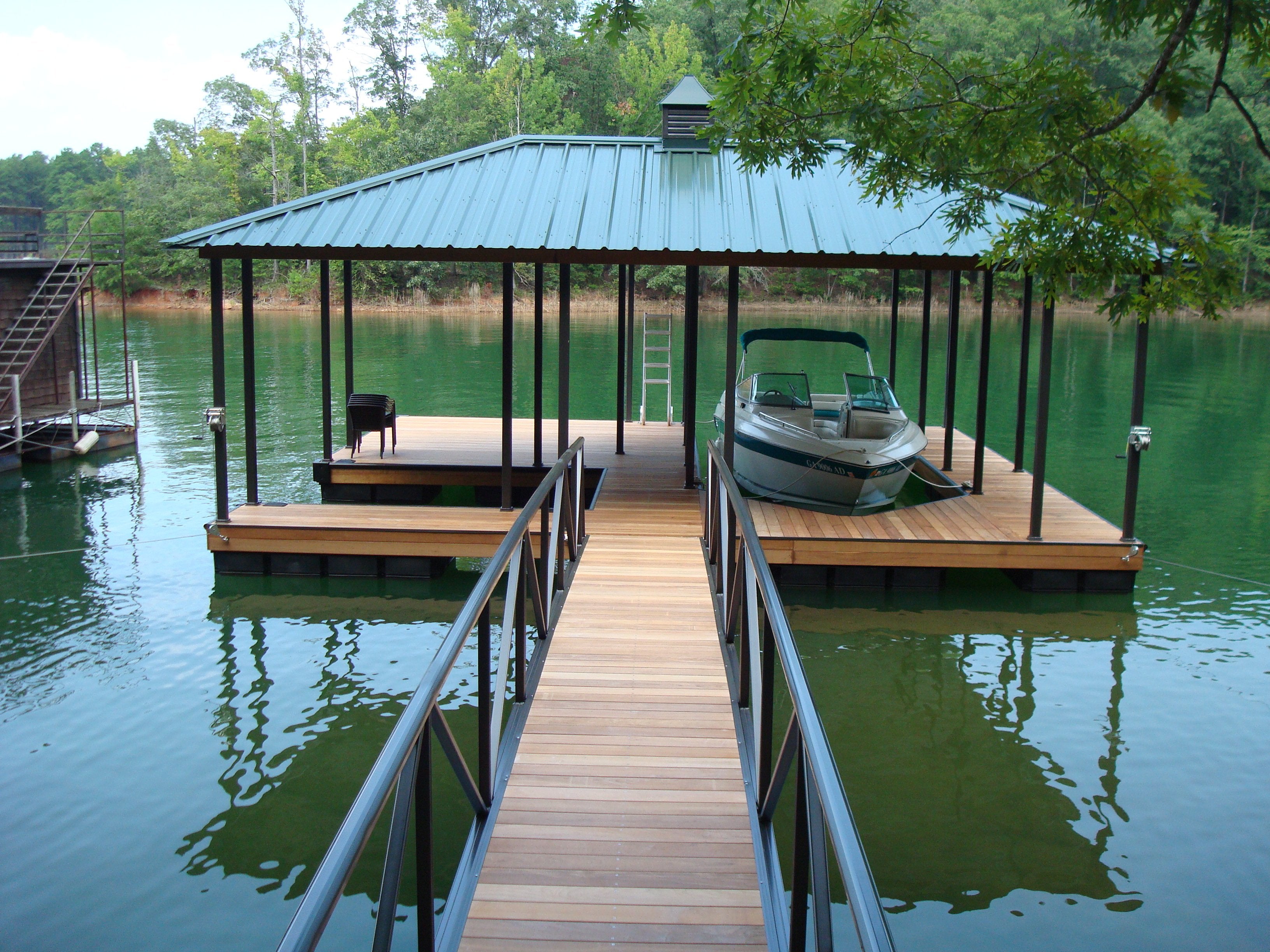Maximizing Your Outdoor Space with Specialized Floating Dock Services
Create the Perfect Docking Solution With Floating Docks
Floating docks present a flexible service for a range of maritime requirements, adapting seamlessly to rising and fall water levels and varied vessel types. As we explore the essential elements that contribute to the performance of floating docks, numerous vital aspects relating to security and upkeep will arise, increasing inquiries concerning how to optimize your docking experience.

Benefits of Floating Docks
Floating docks deal countless advantages that make them a perfect selection for numerous maritime applications. Among the main benefits is their adaptability to transforming water levels. Unlike repaired docks, floating docks fluctuate with the tide, ensuring regular availability for vessels. This attribute is specifically crucial in areas susceptible to significant tidal changes or seasonal water level adjustments.
In addition, floating docks are usually much easier and quicker to set up compared to traditional set frameworks. Their modular style allows for straightforward setting up and disassembly, helping with maintenance and moving when essential. This flexibility is specifically beneficial for temporary applications or in environments where problems might alter.
Floating docks also tend to be extra eco-friendly, as they reduce interruption to the seabed and bordering water communities. Their buoyant nature lowers the danger of damage to aquatic life, promoting a much healthier environment. In addition, these docks can be customized to fit various vessel dimensions, ensuring that they fulfill particular functional needs - floating docks.
Inevitably, the combination of versatility, convenience of installation, and ecological factors to consider makes floating docks an extremely efficient remedy for a vast array of maritime requirements.
Picking the Right Materials
Choosing the proper materials for floating docks is essential to make certain longevity, stability, and long life. The option of products straight influences the dock's performance in numerous environmental conditions, including exposure to water, sunlight, and prospective wear from aquatic traffic.
Common materials used for floating docks include aluminum, timber, and high-density polyethylene (HDPE) Light weight aluminum is light-weight, corrosion-resistant, and calls for minimal maintenance, making it an excellent choice for longevity. Nevertheless, its first expense can be greater compared to other materials.
Timber, while visually enticing and providing a traditional look, can be at risk to rot and pest damage otherwise effectively dealt with. Using pressure-treated wood or naturally resilient species like cedar or redwood can alleviate these concerns.
HDPE is a prominent choice as a result of its resistance to UV rays and chemicals, in addition to being eco-friendly. floating dock builder. It is readily available and lightweight in numerous colors, permitting personalization
Eventually, the best material selection will depend on details requirements, consisting of spending plan, desired aesthetics, and environmental factors to consider. Cautious evaluation of these variables will result in a resistant and successful floating dock solution.
Style Considerations for Security
When creating floating docks, making sure stability is a basic aspect that can substantially influence their performance and safety. Security in floating dock layout is affected by numerous factors, consisting of buoyancy, weight distribution, and the plan of Click This Link elements. An ideal buoyancy system should make use of materials that offer sufficient lift while minimizing weight. This balance makes certain that the dock continues to be above water, also under differing loads.
Weight distribution is vital; uniformly distributing tons across the dock stops tilting and boosts security. This can be attained with tactical positioning of docking tools, such as fenders and cleats, along with correct spacing of floats. Additionally, the dimensions of the dock should be thoughtfully prepared. Larger styles can provide enhanced stability, especially in harsh water conditions, while longer docks might call for extra assistances to avoid drooping.
An additional vital consideration is the ecological effect, including wave activity and wind. Incorporating features such as sidewalls or skirting can aid minimize the impacts of ecological pressures, preserving stability in unfavorable problems. Eventually, a mix of thoughtful style, material selection, and understanding of ecological elements will certainly produce a floating dock that meets both security and safety demands.
Installation Tips and Methods

Following, safeguard the required permits and follow regional regulations, which may determine installment approaches and ecological factors to consider. Involve a certified professional experienced in floating dock installations if called for. Use high-grade products made for aquatic environments to improve longevity and long life.
When placing the dock, align it parallel to the shoreline to assist in simple gain access to. Ensure that the anchoring system is durable, utilizing concrete blocks or helical supports to maintain the dock versus wind and wave activity. It's critical to represent seasonal water level variations, consisting of possible ice motion in colder environments.
During the installment, ascertain the dock's floating docks floatation and stability prior to Read Full Article settling the anchoring. Frequently inspect the setup for any type of signs of wear or damage. By adhering to these pointers and techniques, you can accomplish a secure, practical, and cosmetically pleasing floating dock installment that meets your demands.
Maintenance and Treatment Guidelines
Caring and keeping for floating docks is essential to extending their life-span and guaranteeing secure use. Regular inspections need to be performed to identify any indications of wear, damage, or aquatic development. Look for cracks, loose fittings, or tarnished locations on the dock's surface area, as these concerns can jeopardize structural stability.
Cleaning up is crucial. Make use of a pressure washing machine to get rid of algae, barnacles, and particles, which can gather with time. For persistent growth, think about ecologically pleasant cleaner that won't hurt water life.
Furthermore, examine the mooring lines and supports regularly to guarantee they are safe and secure and cost-free from corrosion. Change any torn or harmed lines without delay to maintain security.
During severe weather condition, such as storms or freezing conditions, take preventive steps. Secure the dock with added mooring lines and, if feasible, remove any removable elements to avoid damages.
Final Thought
In final thought, the implementation of floating docks offers a efficient and versatile docking solution appropriate for numerous maritime applications. With correct setup and routine upkeep, floating docks can give reliable and efficient docking experiences for a wide array of vessels.
As we explore the crucial elements that contribute to the effectiveness of floating docks, a number of vital aspects regarding stability and maintenance will emerge, increasing inquiries about how to enhance your docking experience. Unlike repaired docks, floating docks surge and loss with the tide, making sure regular accessibility for vessels.When developing floating docks, making certain security is a fundamental aspect that can dramatically affect their performance and security. Stability in floating dock layout is influenced by various factors, including buoyancy, weight circulation, and the plan of elements. Inevitably, a combination of thoughtful style, product choice, and understanding of ecological variables will certainly yield a drifting dock that satisfies both stability and security requirements.